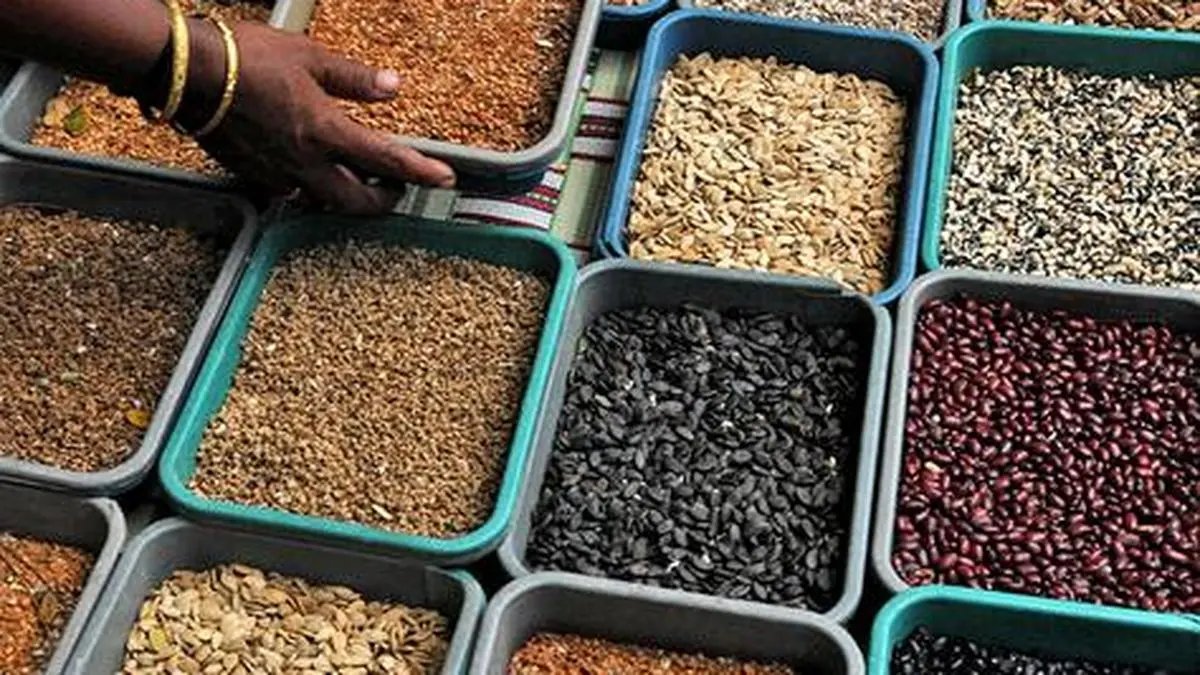Duty-free pulse imports crash prices, hit tur acreage


The Centre’s extension of duty-free imports for tur (pigeon pea) and yellow peas till March 2026 has triggered a steep fall in pulse prices, raising concerns over India’s Atma Nirbhar ambitions.
| Photo Credit:
MUSTAFAH KK/The Hindu
An association of farmers and traders has urged the Indian government to curb cheaper imports of pulses to ensure stable prices and farmers will be motivated to increase the area under pulses.
Sunil Kumar Baldeva, President of the Agri Farmer and Trade Association, said that there is currently an oversupply of pulses in India, as ports are flooded with consignments from Russia and Canada for yellow peas.
“We have requested the Government to stop cheap imports so that prices remain stable during the sowing season and farmers are motivated to cover more acreage which will help the country to become Atma Nirbhar (self reliant) in next 2-3 years,” he said
When the cultivation of chickpeas declined last year, the association was the first to request that the government reduce import duties on yellow peas and chickpeas, he said, justifying his association stand’s to curb cheaper imports.
Pulses imports continue to flood Indian markets as the Government has allowed duty-free import of pigeon peas (tur), yellow peas and black matpe (urad) until March 2026. In particular, yellow peas, which are imported at less than $400 a tonne is seen as spoilsport, pulling down prices of other pulses. The decision is expected to put pressure on pulse prices and test the Atma Nirbhar plank as far as the key commodity is concerned.
Despite being the world’s largest producer of pulses, India is dependent on imports to meet rising domestic demand.
Flood of cheap peas
India imported a record 6.63 million tonnes of pulses last fiscal, nearly double the volume of 2023. Yellow peas accounted for a staggering 2.9 million tonnes, or 45 per cent of the total import basket. Until 2023, India did not import any yellow peas.
In a bid to cool off pulse prices, the government allowed duty-free imports, and this has “opened the floodgate for dumping” by exporters from Canada, African countries, and Russia.
Policy timeline
The government had allowed the import of tur under the ‘free category’ from May 15, 2021 and yellow peas from December 2023. Subsequently, the free regime has been extended periodically.
Crashing prices
The impact of duty-free imports has led to pulse prices declining below the minimum support price (MSP). Chana prices have fallen from ₹8,000 a quintal last August to ₹6,200, while tur prices have dipped to ₹6,700 a quintal from ₹11,000. Yellow peas have dropped to ₹3,250 a quintal from ₹4,100 in the same period.
Tur acreage hit
The fall in prices has already led to lower coverage of tur. Despite a normal monsoon, the acreage under tur coverage has decreased by 8 per cent as of the end of July to 34.90 lakh hectares, compared to 37.99 lakh hectares planted last year. The normal area for tur coverage is about 45 lakh hectares.
Published on July 30, 2025


